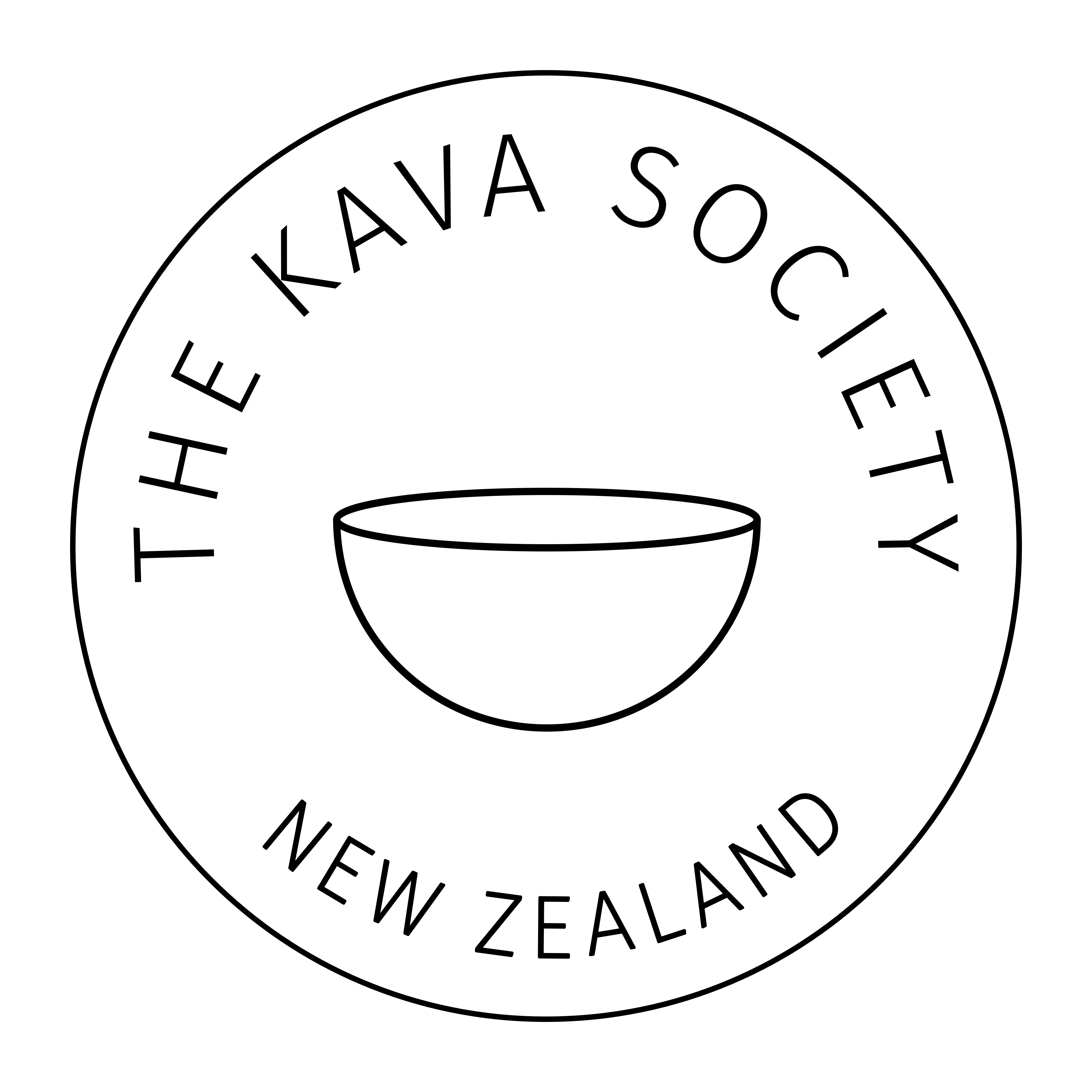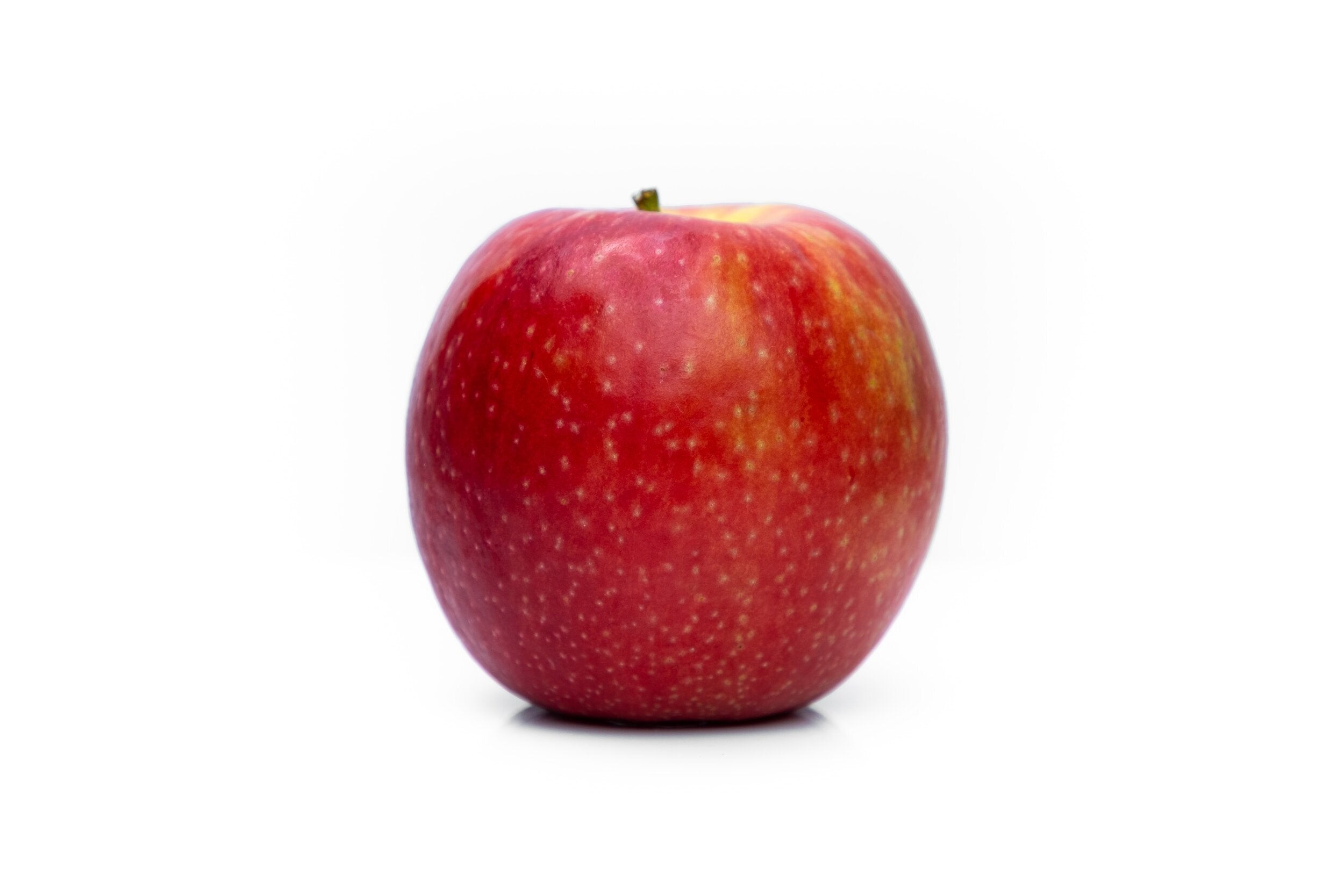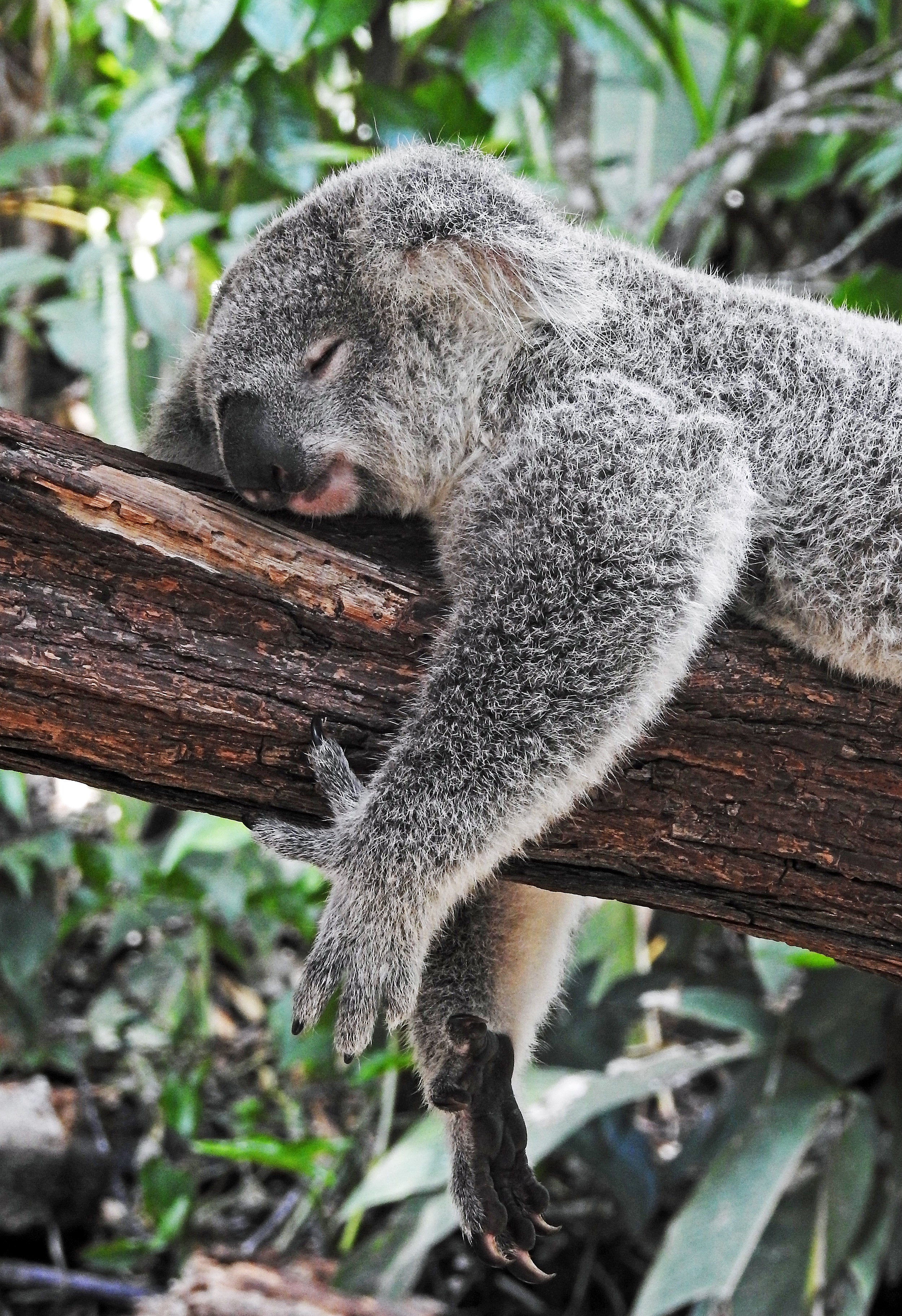Different ways of drinking kava and the art of “listening to the kava”
Today’s post looks at the different ways of preparing and drinking kava, as well as the art of listening to the kava. We start with a look at ways in which kava is consumed as a social lubricant, particularly in places like Tonga or Fiji and then look at the method of drinking stronger kava in a more contemplative, meditative manner, i.e. the practice of “listening to the kava”.

A kava ceremony following the 2017 Waikato University kava conference/workshop (photo by Todd Henry)
Many people and communities (most notably in Tonga and Fiji) enjoy using kava as a companion to long social gatherings and a pleasant social lubricant. When used for this purpose, kava (let’s call it the “social kava”) is usually prepared with plenty of cold water. Often, it is made so diluted that it almost transparent. While not necessarily pleasant in terms of taste, such kava rarely has a particularly strong flavour. Likewise, consuming one or two shells of such kava is extremely unlikely to produce any noticeable effect. This is actually precisely the point of diluting the roots with so much water: the session is supposed to last for hours and hours with each new round of kava representing an opportunity for rekindling conversation, sharing a new story, joke or song. It is not uncommon for many Tongan or Fijian kava drinkers to consume in excess of 3 litres of kava per person during their long kava sessions. The high frequency of kava rounds and the desired length of the session makes using weak, watery kava both necessary and desirable. The effect is not entirely absent, but it’s rarely immediate or particularly potent.
Most drinkers of social kava feel relaxed and at ease and with time may get sedated or sleepy (especially if their session continues until early morning, which is not uncommon!). This way of drinking kava has important cultural advantages and unique beauty. At the same time, it also means that few drinkers are able to fully appreciate the depth of some of the kava effects. While experienced users can tell if their kava has a “smooth” or “harsh” taste, whether it is “clean” and “strong”, the high water ratio makes a more in-depth evaluation of the flavour, quality and biochemical profile of the plant rather uneasy. Likewise, some of the pleasant and beneficial effects of the plant are difficult (or even impossible) to experience without consuming it in a more concentrated form and in a shorter period of time. This is not surprising. Think about coffee. Having a quick shot of espresso produces a different effect to having tiny sips of weak instant coffee from time to time in the course of 5 hours even if the total amount of consumed caffeine is the same.
Indeed, in our conversations with many social users of heavily diluted kava we often note that their perception of kava's effects differs to that expressed by those drinking kava in different forms. The social way of preparing and consuming kava also means that few of the inexperienced, ad hoc kava drinkers (think kiwi on holidays in Fiji or Tonga) develop any kind of appreciation for the plant when they try it for the first time, as they rarely (if ever) experience any of its effects after one, two or even five shells of watery kava. To be clear, social kava can be very pleasant, beneficial and effective. However, it is not the only way of consuming the plant/beverage.
The people of Vanuatu whose ancestors domesticated kava approximately 3000 years ago tend to use it differently to the Polynesians and the Fijians. While kava remains a social beverage there, the kava experience can be much more contemplative, inward-focused and intense than what is usually practiced in Tonga or Fiji. In addition to the varying cultural attitude to kava, this is also due to the way in which kava is prepared and consumed. Unlike the Polynesians and the Fijians who consume dried kava powder mixed with large amounts of water, the Ni-Vanuatu tend to drink freshly harvested (green) kava mixed with a relatively small amount of water. This creates a very powerful and thick beverage with a rather intense flavour and strong effects.
On the one hand, green kava itself is stronger than dried kava as the process of drying inevitably results in the loss of some of kava’s active ingredients. On the other hand, concentrating the plant in small doses enhances (albeit not necessarily improves!) its flavour and produces both quantitatively and qualitatively distinct effects.
The effects are not just “stronger”, they are actually quite different, perhaps due to higher peak concentrations of specific kavalactones in the brain. For instance, it has been argued that kavain (perhaps the most famous kavalactones, often associated with some of the calm alertness and “heady” effects) attains a maximum concentration in the brain within just 5-10 minutes of indigestion after which it slowly, but noticeably wears off. By contrast, some of the heavier kavalactones take much longer to achieve their peak concentrations. In this context, those who consume heavily diluted kava over the course of several hours may never actually experience the so-called “kavain rush” (often described as gentle euphoria and heightened sense of calm alertness) and instead may mainly experience the delayed and longer-lasting effects of the more sedating kavalactones.
In practical terms, the strong kava experience is much more meditative. It is characterised by a sense of deep calmness coupled with heightened awareness of the external environment, an increased sensitivity to sound and light, and feeling sensation of gentle well-being and self-awareness. The kava is not just an additive to a conversation, it becomes a soft focus of one’s attention through a process often referred to as “listening to the kava”. Proper listening to the kava requires a degree of mental cooperation and the right background. Kava drinkers in Vanuatu often prefer to drink their kava in silence and darkness. Local kava bars are quiet and dark places, with dimmed lights, soft whispers and only occasional quiet sounds of soft music. A Massey University psychologist (Professor Robert J. Gregory) offered the following description of the strong effects of kava drunk in this way:
The meditation appears to constitute an altered state of consciousness. Men on Tanna describe kava as a way to be in touch with the supernatural. Kava makes you quiet and able to think and listen to your thoughts. Your mind opens to what has been and should be done. The subjective feeling after kava is to be slowed down, for it almost forces one to become quiet. Sometimes it is like entering a light relaxed dream. Some describe the kava state of consciousness as like looking into a mirror. One's mind goes beyond one's body and looks back. The altered state of consciousness is subtle and mild. Noise, interference with thought processes, bright lights, movement, all hinder the effect, the mildly altered stream of thought. The subtle effect is maintained only if there is peace and quiet.
Other scholars and experienced drinkers often talk about enhanced memory and ability to calmly “observe” one’s thoughts and memories. Many experienced kava drinkers talk about vivid memories. It’s difficult to describe this state, but in many ways it resembles deep meditation in which one does not make an effort to think, analyse and remember, but rather allows the mind to flow freely. One becomes more aware of the external environment, but also of one’s own body and thoughts. As such, this state has nothing to do with hallucinations. If anything, it’s quite the opposite: reality becomes more clear and sharp. Sounds seem louder, light seems brighter, thoughts and memories are crystal-clear. This also explains why the men of Vanuatu often use kava as an aid to making important decision or calmly analysing complex problems. As noted by the Massey University psychologist:
Use of kava for thinking about current problems and how to solve them is frequent. When a man has important decisions to make, he thinks about them during the kava meditation. After meditating under the influence of kava for an hour or two, a man goes home to eat with his wife and children, and then goes to sleep.
The word “meditation” is indeed often used to describe the strong kava experience. Chris Kilkham, the author of a popular book on kava and an experienced meditator, argues that kava “replicates some dimensions of the inner peace achieved through meditation very well”.
Our intention is not to suggest that the Ni-Vanuatu way is superior to that of the Fijians or the Polynesians, but merely to highlight the diversity of kava cultures and uses of the plant. Many people prefer drinking kava in the Polynesian way, because they love the calm conversations facilitated by mild kava. Other people might prefer to use kava as a mere addition to their other activities (creative work, playing music, reading books etc.). For such purposes it is indeed better to mix kava a bit weaker.
However, some people might enjoy an occasional kava meditation and listening to the kava in a more focused manner. For this purpose they might want to consider mixing their beverage a bit stronger. While fresh (green) kava is virtually impossible to obtain in New Zealand, a good powder can offer similar effects, provided it’s prepared in the right way. More importantly, those who wish to listen to the kava, and not just use it as an additive to other activities, need to make sure they create the right kind of environment for their session. It is important to minimise distractions, dim the lights, reduce noise. Calm, instrumental music is fine. A recording with guided meditation could also work (we can recommend this recording: https://www.youtube.com/watch?v=jPpUNAFHgxM). But for at least a small portion of the session, it might be a good idea to just relax, look up the sky at night and “listen to the kava” itself, without any other noise or sound.



Leave a comment
This site is protected by hCaptcha and the hCaptcha Privacy Policy and Terms of Service apply.